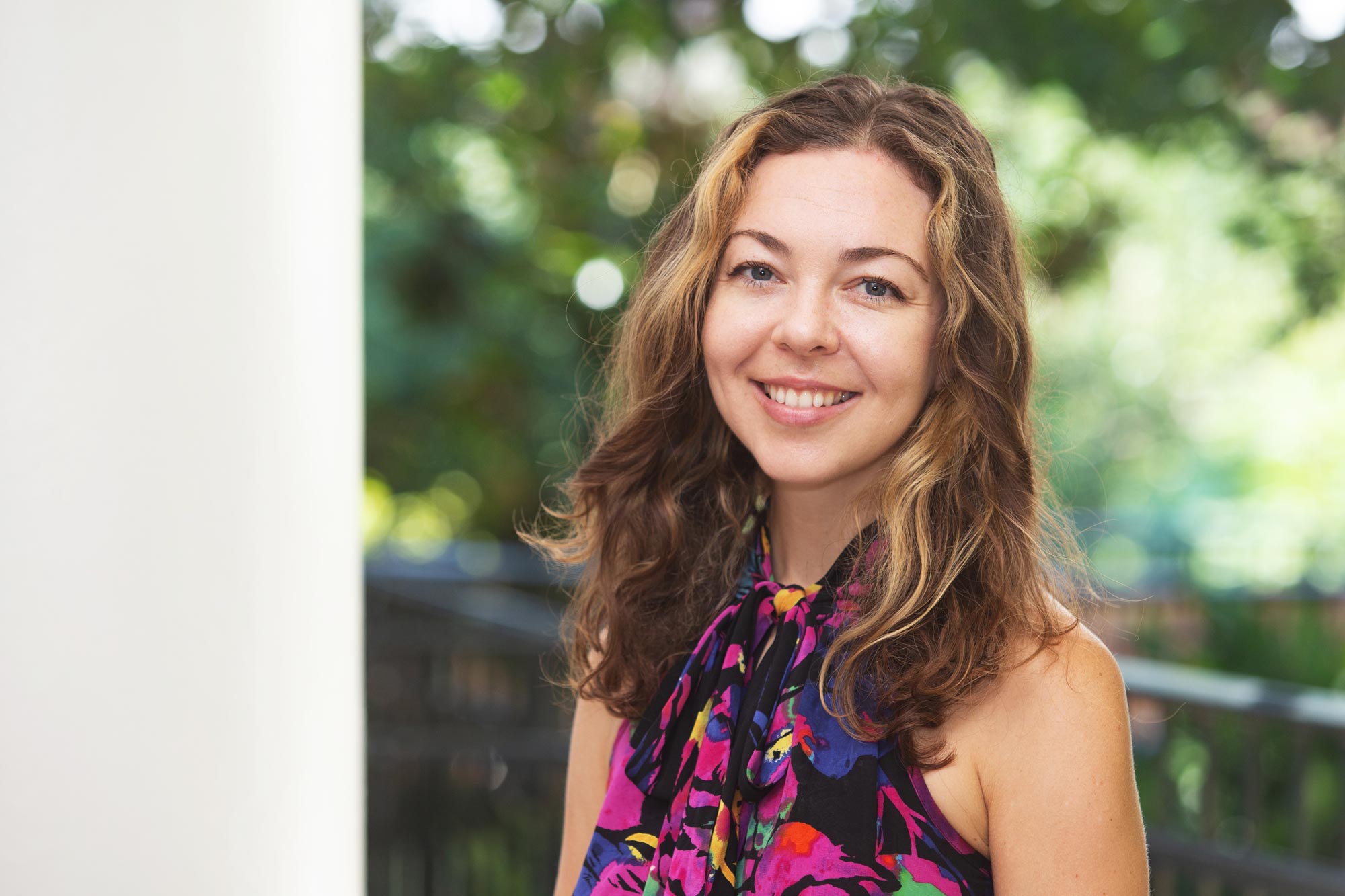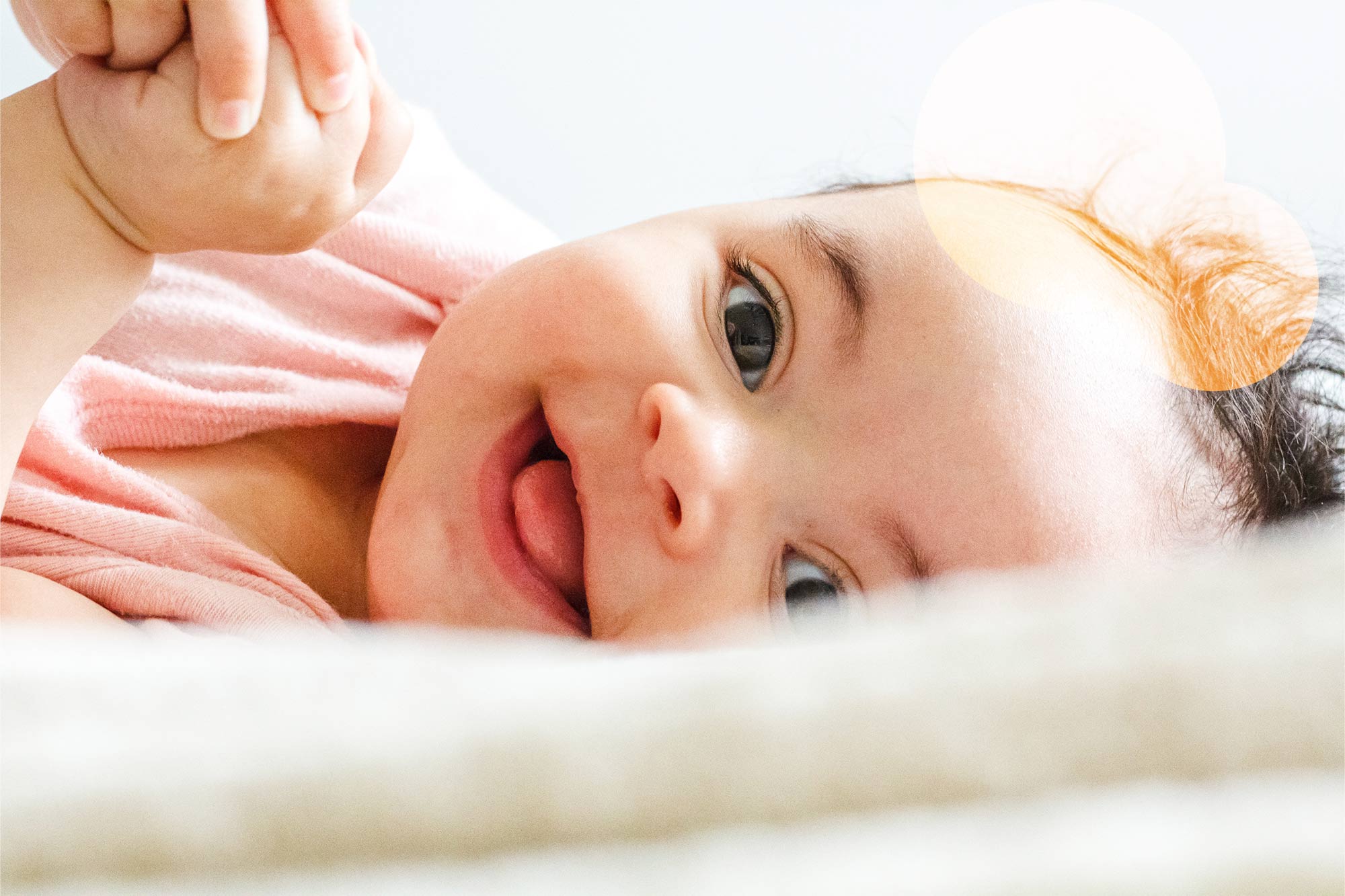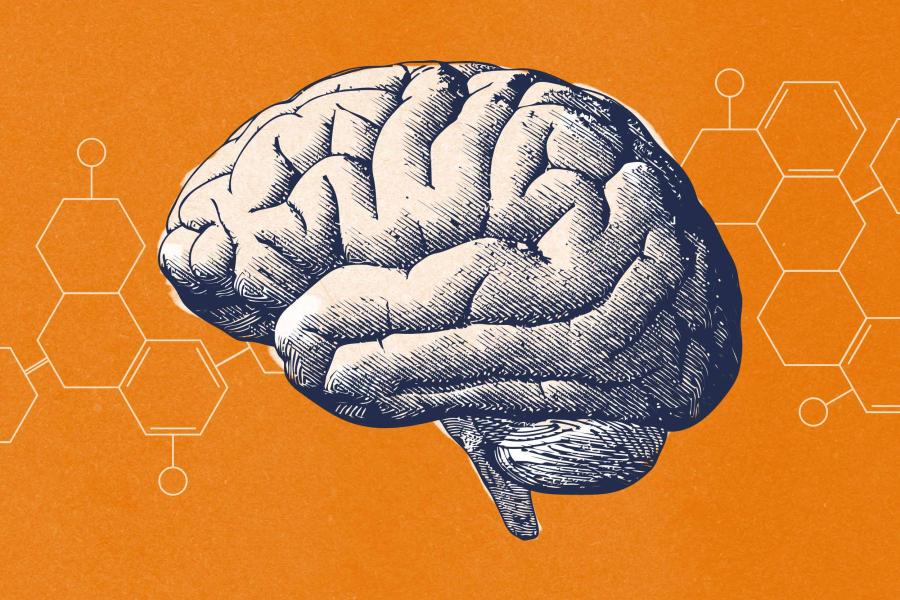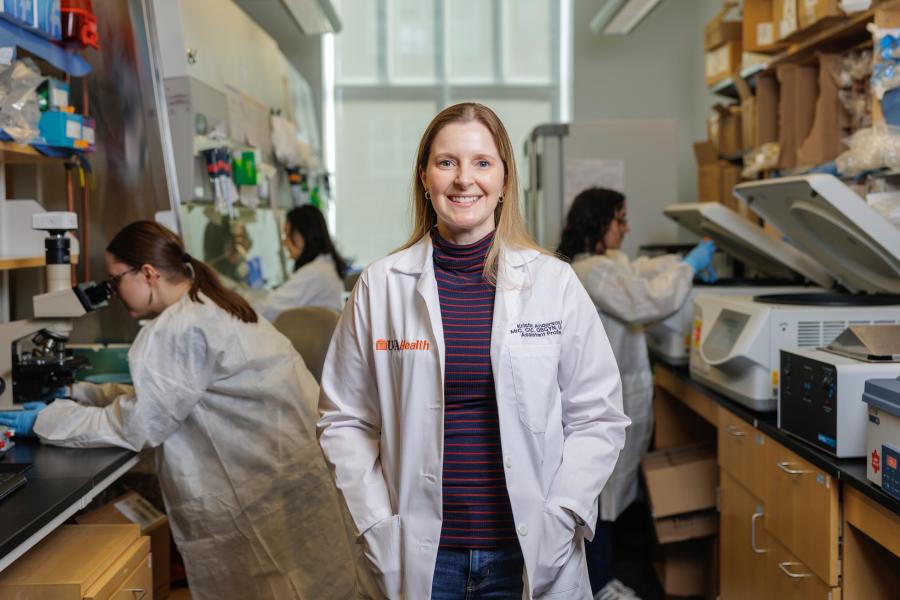A new University of Virginia study has found that a new mother’s ability to recognize positive emotions of the faces of other adults predicts how sensitive and responsive she will be with her baby four months later.
A team in the Department of Psychology’s Baby Lab followed 120 mother-and-baby pairs from just after full-term deliveries to five months postpartum as part of a larger inquiry called the UVA Mom and Baby Study.
Researchers recruited study participants from UVA Health. “During that newborn period, we asked moms to look at a series of videos of faces that were expressing different emotions,” said Jessica Stern, lead author of the study. “What they had to do was watch these faces change from neutral to one of five different emotions. We had happiness, sadness, disgust, anger, fear and neutral faces.”
The videos featured adult actors. “What's interesting about this is that a mom’s ability to detect emotion in adult faces is actually predicting her sensitivity to her infant,” Stern said. “There is other research that looks at how parents respond to infant faces. One of the follow-ups we would love to do is see if there is a stronger prediction if moms were to look at the faces of their own infants.”
Stern said she has tried the task in the study herself and “it’s very challenging.”
She said some moms found it easier and others found it more difficult. “We were interested in those differences and especially interested in how moms identified happiness and fear, because we know that each of those has been linked to care behaviors in other studies. What we didn’t know was whether it would be linked to parenting behavior.”

When the babies were 5 months old, researchers invited them and their mothers to the Baby Lab for observation during five minutes of playtime.
“One of the things that we were looking for was sensitivity, which is basically how moms respond to infants’ signals,” Stern said. “Observing these interactions is one of the best parts of my job. Every parent and child is different, and it’s like watching a dance.”
Research assistants were looking for so-called “serve-and-return” interactions. “When an infant sends a signal to mom, does Mom respond appropriately? If an infant smiles, does Mom smile back?” Stern asked.
Similarly, if an infant cries, does Mom offer comfort? If an infant points to something, does Mom show interest? The researchers were watching to see of the serve-and-return interactions were appropriate.
“On the flip side, we were also looking for markers of maybe not-so-attuned or not-so-sensitive moms,” Stern said. “So, if a baby is crying, does the mom say, ‘Stop that right now,’ or does she become a little bit harsh? Or if the baby is really interested in something, does the mom take that away and make them play some other game?”
What the team found was that a mother’s ability to detect happiness specifically in the neonatal period predicted greater observed sensitivity four months later. The findings will be published in the journal Emotion.
Looking ahead, Stern said she would like to include fathers in similar research. “I think it would be fascinating to include fathers or other caregivers who are really involved in kids’ lives,” she said. “It could be that for fathers, detecting happiness is equally important.”
Stern also said because this research is in a Western cultural context, it will “be really important and interesting to see if this generalizes to other cultures.”
Media Contact
University News Senior Associate Office of University Communications
jak4g@virginia.edu (434) 243-9935
Article Information
October 16, 2025




